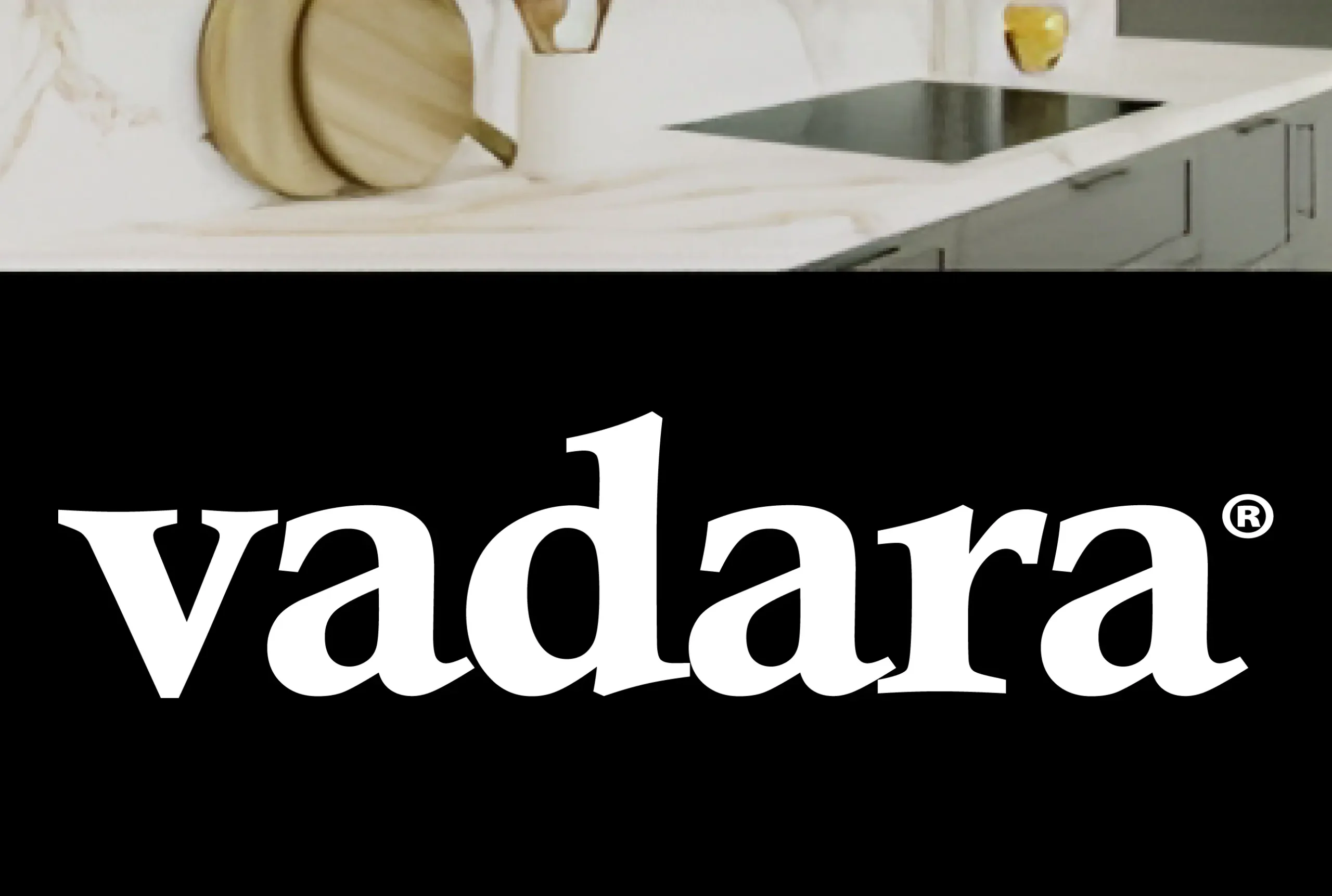
In recognition of May as Skin Cancer Awareness Month, Avery DennisonⓇ encourages its employees, dealers, customers, friends, and communities to become more aware of the dangers of skin cancer, its causes, and ways to prevent it. Skin Cancer Awareness Month is an initiative of the nonprofit Skin Cancer Foundation, which for more than 40 years has been helping people understand the importance of skin cancer prevention, early detection and prompt, effective treatment.
With over 5 million cases diagnosed in the United States each year, skin cancer is America’s most common cancer, according to the Skin Cancer Foundation website.* More people are diagnosed with skin cancer each year in the U.S. than all other cancers combined. Fortunately, skin cancer is also one of the most preventable forms.
As a primer, it is important to understand the two types of ultraviolet (UV) sun rays that reach the earth’s surface: UVA and UVB.
UVA rays have longer wavelengths. They penetrate deeper into the skin and damage the fibers called elastin. It is because of these rays that your skin loses its elasticity, sags, stretches, bruises more easily, and ages prematurely.
UVB rays are the primary cause of sunburns. They damage the DNA in your skin’s cells. To help with the healing process your body floods the damaged area with blood, resulting in the red skin and painful inflammation. Having five or more sunburns doubles your risk for melanoma, the most-deadly form of skin cancer.
All about prevention
“Ultraviolet radiation from the sun isn’t just dangerous, it’s also sneaky,” the Foundation advises on its website. “It reaches you even when you’re trying to avoid it – penetrating clouds and glass, and bouncing off snow, water and sand. What’s more, sun damage accumulates over the years, from prolonged outdoor exposure to simple activities like walking the dog, going from your car to the store, and bringing in the mail.”
That’s why preventing skin cancer by protecting yourself completely requires a comprehensive approach. Here are the Skin Cancer Foundation’s recommendations from its website:
- Avoid prolonged exposure to the sun especially between 10 a.m. and 4 p.m.
- If you are outside, cover up with sun-protective clothing, including a broad-brimmed hat and UV-blocking sunglasses.
- Don’t get sunburned.
- Avoid tanning and never use UV tanning beds.
- Liberally apply a broad-spectrum (UVA/UVB) sunscreen with an SPF of 15 or higher every day. For extended outdoor activity, use a water-resistant, broad-spectrum (UVA/UVB) sunscreen with an SPF of 30 or higher over your entire body. Reapply every two hours after swimming or excessive sweating.
- Keep infants out of the sun for the first six months rather than using sunscreen on their sensitive skin. Clothing should cover babies’ vulnerable arms and legs, and don’t forget to use hats, sunglasses, and stroller shades.
- Examine your skin head-to-toe every month.
- See a dermatologist at least once a year for a professional skin exam.
Windows in buildings and homes
One of the less-well-known risks of sun-damaged skin is the light coming through the windows in your home, your car and your place of work.
“Glass blocks UVB rays pretty well, but it allows UVA rays to pass through,” said Cassandra Yu, Avery Dennison architecture and retail segment lead for graphic materials and window films.
“Solar safety architectural window films like Avery Dennison’s R Silver and NT PerLite Ceramic products are widely used in retail and office buildings, schools, and increasingly in homes,” she continued. “These films block 99% of UV rays to protect people while also rejecting solar heat and reducing fading of interior furnishings.
“If you are just sitting in a room lit by sunlight, you are not likely to get sun damage, experts tell us,” Yu said. “But if you are positioned next to a window getting direct sunlight for many hours of the day, you may want to look into having UV-protective window film applied. Our dealers tell us they are hearing from more and more people who’ve recovered from skin cancer and want to protect themselves from the sun while they are inside their homes.”
For most people, however, the risk of sun damage from the windows in their vehicle is greater than from the windows in their homes.
Windows in your car
“On average people spend at least an hour every day inside their cars with only the car windows between their skin and the sun’s damaging rays,” said Debra Levy, president of the Auto Glass Safety Council. “Car windshields are treated to shield drivers from most UVA rays, and some sunroofs may provide protection, but the side and back windows often aren’t treated.*
“Whenever you are in a car or any kind of vehicle in the daytime, you are being bombarded on your left side if you are the driver and on your right side if you’re the passenger. Window film can provide much-needed protection.”
Drivers who spend a lot of time on the road should be particularly concerned about sun exposure. A 2010 study at the Saint Louis University School of Medicine found that Americans who spent more time driving were more likely to develop skin cancer on their left side – the side that is closest to the side window. Malignant melanoma, the most serious type of skin cancer, was even more divided, with 74 percent of cases on the left side and only 26 percent on the right.
You can protect yourself and your family from the sun inside your car with hats, clothing, sunglasses, and sunscreen, but a UV-blocking window film is a better option.
“Non-reflective automotive window films can be applied that will block 99% of ultraviolet radiation,” said Randy Garcia, Avery Dennison Window Film Regional Technical Specialist.“The best of these aftermarket films also reject heat and glare while protecting vehicle interiors from fading. Our NR Nano Ceramic IR Series incorporates new technology that delivers phenomenal solar protection for a safe, comfortable ride on even the sunniest days.”
A common misperception about aftermarket window films is that you need a dark tint to protect against UV exposure, according to Garcia. You don’t.
“Avery Dennison automotive window films come in a variety of shades and light transmission levels, all of which block UV radiation and glare,” he explained. “Your window film dealer can advise you on how dark you’re allowed to tint car windows in your state. They will help you select a film that meets the legal standard while providing the appearance you are looking for.”
With the hotter, sunnier months coming, and with pandemic restrictions easing, now is a good time to make a commitment to protecting yourself and your family from the damaging rays of the sun this summer and all year round.
* Disclaimer: Neither the Skin Cancer Foundation or the Auto Safety Glass Council have any affiliation with Avery Dennison.
Find more information about skin cancer and sun protection from the Skin Cancer Foundation at skincancer.org and the American Cancer Society at cancer.org/cancer/skin-cancer.html
Find more information about Avery Dennison solar protection architectural and automotive window films at graphics.averydennison.com/windowfilms and join the conversation on Avery Dennison Graphics Solutions’ social channels, including Facebook and Instagram.
About Avery Dennison
Avery Dennison Corporation (NYSE: AVY) is a global materials science company specializing in the design and manufacture of a wide variety of labeling and functional materials. The company’s products, which are used in nearly every major industry, include pressure-sensitive materials for labels and graphic applications; tapes and other bonding solutions for industrial, medical, and retail applications; tags, labels and embellishments for apparel; and radio frequency identification (RFID) solutions serving retail apparel and other markets. Headquartered in Glendale, California, the company employs more than 32,000 employees in more than 50 countries. Reported sales in 2020 were $7.0 billion. Learn more at www.averydennison.com.











